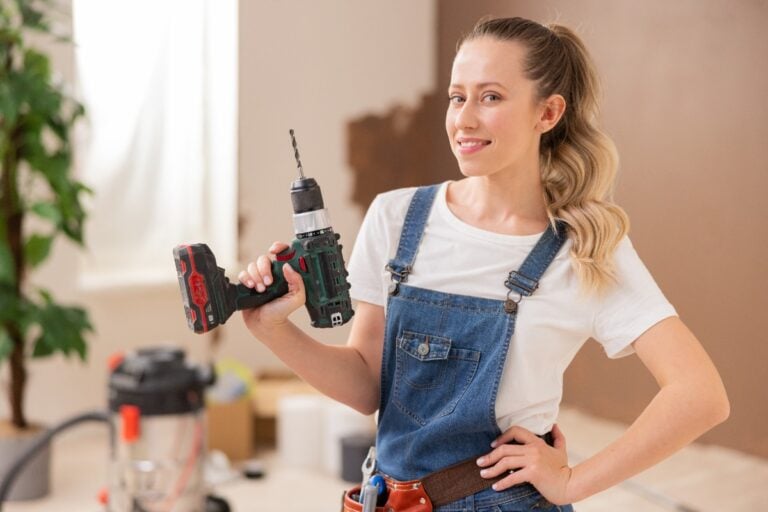20 Things Women Had to Do in the ’70s That Would Be Unthinkable Today
Life for women in the ’70s involved many customs and expectations that might seem unusual or even unthinkable today. Social norms, work environments, and daily routines demanded behaviors and choices that reflected the era’s unique challenges.
Understanding these differences helps highlight the progress made and how societal roles have evolved over time.
Wearing girdles daily for a slimmer waist

In the ’70s, wearing a girdle every day was pretty common if you wanted that hourglass figure. You’d slip one on under your clothes to shape your waist and smooth out any lines. It wasn’t always comfortable, but it was considered essential for looking polished.
You had to be careful picking the right size because too tight could be painful. Many women accepted the discomfort as part of dressing nicely. Today, you’re much more likely to embrace natural shapes and wear stretchy, comfortable fabrics instead.
With modern fashion celebrating body positivity, the idea of daily tight shaping is less appealing now. You probably prefer clothes that fit your body without squeezing or restricting. The shift means you can focus on comfort without worrying about conforming to a strict silhouette.
Only using rotary dial phones at home
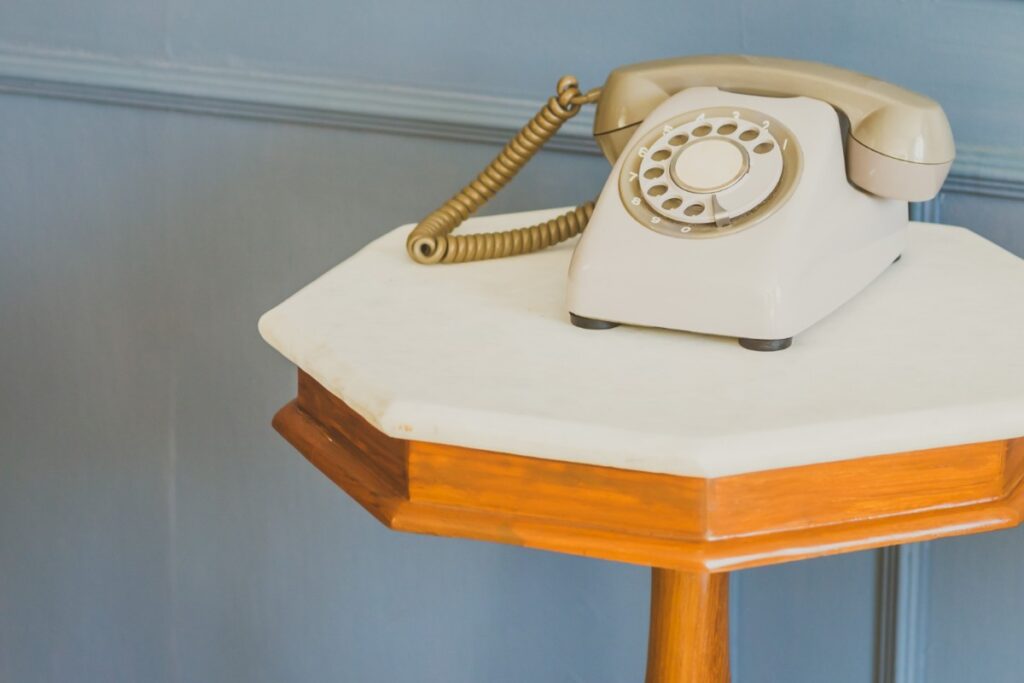
You had to use a rotary dial phone to make calls at home. Dialing meant placing your finger in the right hole and spinning the dial all the way around for each number. It took patience, especially if the phone number was long.
There were no speed dials or contact lists saved inside the phone. You memorized numbers or kept them on paper nearby. Mistakes meant you had to start dialing again from the beginning.
Phones were physically attached to walls or tables with a cord. You couldn’t walk around with them or take them outside easily. Privacy during calls was sometimes tricky when the phone was tied to one spot.
If someone in the house was already on the phone, you had to wait your turn. Call waiting didn’t exist. Sometimes, you’d hear a busy signal instead of reaching the other person.
Using rotary phones today seems slow and outdated, but back then, it was just how you stayed connected.
Calling a man’s mother for permission to date

In the ’70s, if you wanted to date someone, it was common to call his mother first. You had to ask for her permission before going out with her son. This step was seen as a sign of respect and helped maintain family dynamics.
It wasn’t just about dating; it was about showing your intentions were serious. You might feel nervous making that call, but it was part of the dating routine. Today, this practice seems very formal and rare.
Most people now decide who they date without consulting parents. The idea of getting parental approval before dating is less common in modern dating culture. You can connect with someone directly without these extra steps.
Writing letters by hand with fountain pens

In the ’70s, writing letters was a common way to stay in touch. You probably spent time carefully crafting your words with a fountain pen. It wasn’t just about the message, but also the neatness and style of your handwriting.
Using a fountain pen meant you needed to be patient. You had to wait for the ink to dry so it wouldn’t smudge. Mistakes were harder to fix, so you had to write slowly and carefully.
Today, typing or texting is the norm, and handwritten letters feel rare and special. You no longer need to refill ink or worry about blotches while writing. The fountain pen, once a daily tool, is now mostly a nostalgic item or a hobby for enthusiasts.
Using disposable cameras for photos

In the ’70s, if you wanted to capture moments, you often used disposable cameras. You couldn’t instantly see your pictures like you do today. Instead, you had to get the film developed, which took days.
You needed to be careful with each shot since you only had a limited number of exposures. This made taking pictures more thoughtful. You couldn’t just snap hundreds and delete the bad ones.
Carrying a disposable camera was simple and cheap, but the picture quality was lower than today’s digital standards. You couldn’t zoom or edit photos after taking them, so what you saw through the viewfinder was what you got.
Using disposable cameras also meant you shared physical prints with friends and family. You didn’t send pictures instantly via phone or social media. Waiting for prints built excitement, but it also meant photos weren’t as easy to share or protect.
Today, smartphones and digital cameras have replaced this process. But back then, using a disposable camera was part of the fun and patience involved in preserving memories.
Keeping a handkerchief in a purse
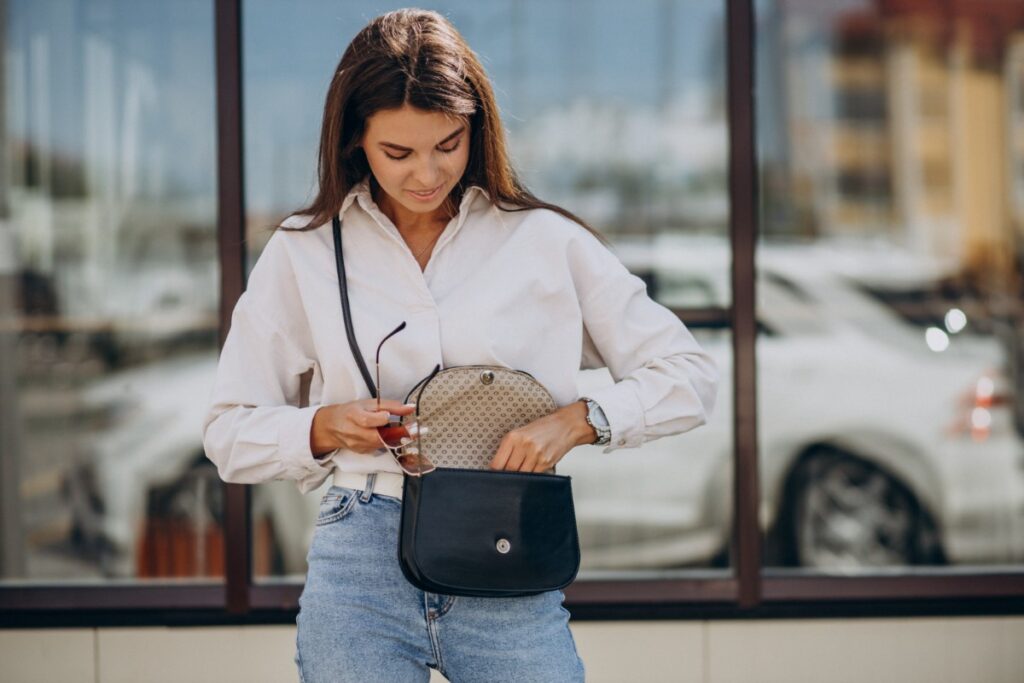
In the ’70s, carrying a handkerchief in your purse was pretty normal. You never knew when you might need it, whether for wiping your nose or dabbing makeup. It was a practical item everyone expected women to have on hand.
Unlike today, tissues weren’t always on hand or as easy to carry. Your handkerchief was often a small, decorative piece, folded neatly in your purse. Sometimes it was even embroidered or matched your outfit.
You might have felt prepared and polished because of it. It wasn’t just about utility; it was a subtle sign of being put-together. Now, most people rely solely on disposable tissues or napkins instead.
Washing hair with homemade vinegar rinses

In the ’70s, many women used homemade vinegar rinses to clean their hair. You would mix vinegar, usually apple cider or white vinegar, with water and pour it over your hair after shampooing. This helped remove buildup and added shine.
The smell could be strong at first, but it faded quickly once your hair dried. People believed it balanced the scalp’s pH and made hair softer without the need for commercial conditioners.
Today, vinegar rinses are less common because of many available hair care products. However, some still use vinegar rinses for natural hair care or to clarify hair after using styling products.
If you ever try it, remember to always dilute the vinegar well. Undiluted vinegar can be harsh on your scalp and hair.
Waiting for men to open car doors

In the ’70s, it was common for women to wait while men opened car doors for them. You might have been expected to remain seated until a man took the lead to open your door.
This wasn’t just about manners; it reflected the social norms about gender roles. You would often see women being treated with a form of courtesy that assumed male protection.
Today, you’re more likely to open your own car door without a second thought. The idea that someone must do this for you just because of your gender feels outdated to most people now.
You have the freedom to take charge in everyday situations like this, which can feel more practical and equal. Holding the door has become a shared courtesy rather than a gendered expectation.
Refraining from voting in political discussions

In the ’70s, many women often held back from sharing their political opinions, especially in mixed company. It was common for women to avoid voting or speaking up during political discussions to keep the peace or avoid conflict.
You might have noticed that if a woman did express her views, it could be dismissed or ignored. Social norms pressured many women to stay quiet and let men lead the conversation.
Today, you have more freedom to voice your political opinions openly. Your participation in discussions and voting is recognized as important, valued, and expected.
Back then, not voting or speaking up in political debates wasn’t just about personal choice. It reflected broader societal expectations that discouraged women from engaging in public or political life.
You can now freely share your views without fear of being belittled or sidelined because the culture has shifted a lot since those days.
Using Vaseline as makeup remover

In the ’70s, many women used Vaseline to remove their makeup. You might find it surprising today, since there are so many products made specifically for that purpose now. But back then, Vaseline was an affordable and easily available option.
You would apply a small amount of Vaseline on a cotton ball or your fingertips. Then, gently rub it over your face to break down the makeup. It worked well on stubborn mascara and lip color.
However, using Vaseline could sometimes clog pores if not cleaned off properly. You had to make sure to wash your face thoroughly afterward to avoid breakouts. Today, makeup removers are usually designed to rinse off more easily.
If you try using Vaseline now, remember it’s an oil-based product. It might feel heavier and greasier compared to modern makeup removers made with water or gentle cleansers. Still, it can be a handy trick in a pinch.
Relying on typewriters for all documents

In the ’70s, if you wanted to write a letter, a report, or even a simple note, you had to use a typewriter. There was no auto-correct or backspace key to fix your mistakes easily. If you made an error, you often had to start over or use correction fluid.
Your documents were all physical. You couldn’t just save a file and edit it later on a screen. This made every project feel a bit more permanent and, sometimes, a little stressful.
Typing took more time and patience. You had to be precise and careful because changing something meant retyping entire pages. Today, it’s hard to imagine not being able to edit your work instantly and share it through a click.
Using typewriters was just part of daily life for women managing work or home duties. It shaped how people approached writing, organizing, and communication in a completely different way than you experience now.
Asking fathers for permission to marry

In the ’70s, if you wanted to get married, it was common to ask your future father-in-law for permission first. This was seen as a sign of respect and a way to show you were serious about the commitment.
You might have found yourself sitting nervously in the family living room, waiting for his answer. It was almost like an unofficial ritual before any marriage proposal.
Today, you don’t typically need to seek permission from parents before deciding to get married. It’s more about having a direct conversation with your partner and making joint decisions.
This change reflects a shift toward greater equality and independence in relationships. You’re now more likely to focus on your own feelings and choices rather than following social expectations about parental approval.
Not challenging sexist job advertisements

In the ’70s, you often saw job ads specifically asking for “men only” or specifying that women were not welcome. It was common to skip applying if the ad clearly favored men, even if you were qualified.
You might have felt pressured to accept these limits without question. Speaking up against gender-based job restrictions wasn’t typical, and many women just adapted to these unfair rules.
Today, such ads are illegal and would immediately catch your attention for discrimination. Back then, challenging them could mean risking your chances or facing backlash.
You were expected to accept roles deemed “appropriate” for women, like secretarial work or nursing, rather than pushing for positions labeled as men’s jobs. It wasn’t just about what you wanted but about navigating a system stacked against you.
Using blue rinse hair dye regularly
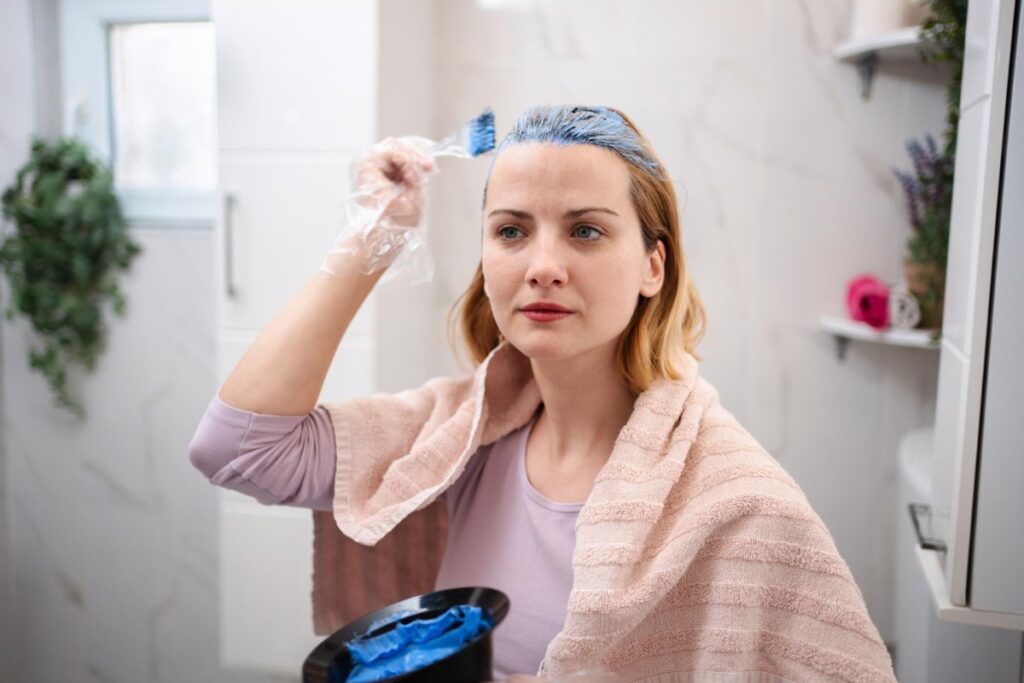
You might remember how common it was for women to use blue rinse hair dye in the ’70s. It was a regular part of many women’s beauty routines, especially for those wanting to cover gray hair. The subtle blue tint helped neutralize yellow tones and keep hair looking fresh.
Using blue rinse wasn’t just about hiding gray. It was considered stylish and a sign of good grooming. You would often see older women in particular sporting that soft, cool-toned color to maintain a polished appearance.
Today, the idea of regularly applying blue rinse might seem unusual. Hair coloring choices have become more varied, and people often prefer more natural or different creative looks. Plus, the connection between blue rinse and aging doesn’t fit with how hair dye trends work now.
If you grew up with it, blue rinse could evoke a feeling of nostalgia. Back then, it was a small but important way you took care of yourself and kept a neat image.
Wearing stockings with garter belts
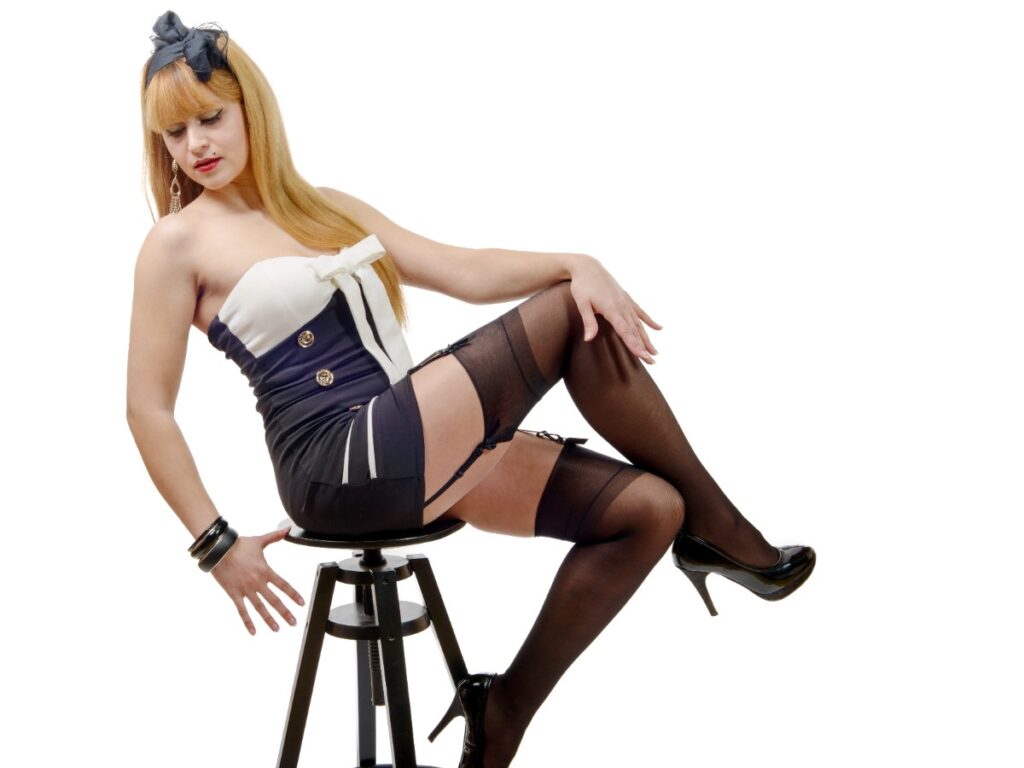
Back in the ’70s, stockings were a wardrobe staple for many women. You didn’t just slip on tights or pantyhose like today. Instead, you carefully attached stockings to garter belts to keep them in place.
This process could be tricky. You had to make sure the clips were secure without damaging the delicate fabric. It also meant adjusting your garter belts throughout the day to avoid slipping.
Today, wearing garter belts feels like a special occasion or a fashion statement. You’re more likely to reach for seamless tights or leggings that don’t require constant fiddling.
Plus, the convenience of modern hosiery saves you time and effort. But back then, stockings with garter belts were a daily part of many women’s style routines—even if it wasn’t always the most comfortable choice.
Cooking meals entirely from scratch

In the ’70s, you often had to prepare meals entirely from scratch. Convenience foods were less common, so using fresh ingredients was the norm. You couldn’t rely on ready-made sauces or pre-chopped vegetables the way you can today.
You would spend more time in the kitchen peeling, chopping, and mixing ingredients. Baking bread or making pasta by hand was part of many weekly routines. This process required patience and skill but was a regular expectation.
Recipes often involved multiple steps and homemade stocks or sauces. If you wanted a stew, you made the broth yourself instead of opening a can. While this could be time-consuming, it also meant meals were usually fresher and less processed.
Your approach to meal prep was more hands-on and detailed. It wasn’t about convenience but about creating something from the ground up. Eating out or ordering in was less common, so home cooking was a bigger focus.
Preserving food in glass canning jars

In the ’70s, many women spent hours preserving fruits, vegetables, and jams in glass canning jars. It was a common way to save food from garden harvests or bulk purchases. Today, you rarely see this practice in everyday life.
You had to carefully sterilize the jars to keep your food safe. Then, you filled them and sealed them tightly before boiling to create a vacuum seal. This process required patience and attention to detail.
Using glass jars was practical but also recycled and reusable. Unlike many modern storage options, these jars didn’t contain plastic or chemicals. You preserved food in a way that was sustainable and simple.
Today, you might opt for refrigerators, freezers, or store-bought canned goods instead. The traditional glass canning method seems time-consuming and less convenient for most. But it was a solid skill that helped households avoid waste and keep fresh food all year round.
Ironing clothes before leaving the house
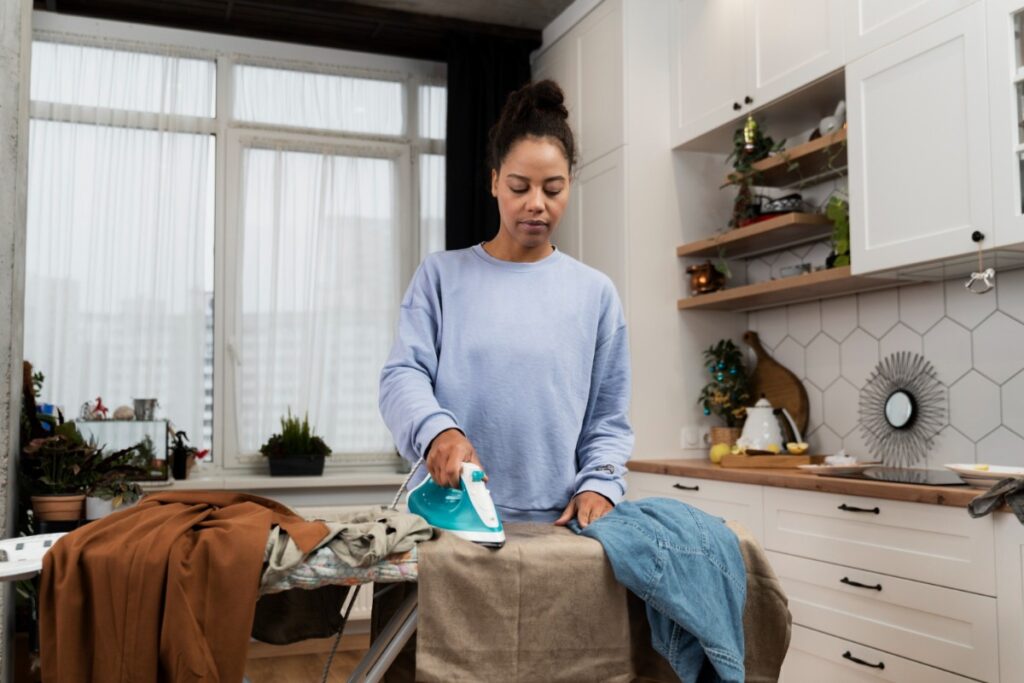
In the ’70s, ironing your clothes before heading out was almost a must. You couldn’t just toss on a wrinkled shirt or dress without a second thought. Your outfit had to look crisp and put-together.
People expected you to spend time making sure everything was smooth and tidy. Wrinkles were seen as careless or even lazy. So ironing wasn’t just about appearance; it was about showing respect for yourself and others.
Today, many fabrics don’t need ironing, and casual styles are more accepted. But back then, ironing was part of your daily routine. Skipping it could mean feeling out of place or less professional.
You had to plan ahead, too. Ironing took time, and if your clothes got wrinkled on the way out, you might have to redo the whole process. It was a small but important task that shaped how you looked every day.
Using jargon-free phone operator services

In the ’70s, if you wanted to make a call outside your local area, you often had to talk to a live phone operator. These operators helped connect your call manually, which meant you had to explain where you wanted to reach each time.
You couldn’t just dial a number yourself. If you didn’t know the right codes or numbers, you relied on the operator to understand your request without confusing technical terms.
The interactions were usually simple but required you to speak clearly and patiently. You couldn’t expect automated voice menus or quick dialing options like today.
Sometimes if the operator misunderstood, you had to repeat your destination, making the process slower. But it also meant there was a real person ready to help guide your call every step of the way.
Today, phone systems do all the work silently in the background. The idea of calling an operator and explaining your call in plain language feels unusual now.
Avoiding pantsuits in formal meetings

In the ’70s, if you showed up to a formal meeting wearing a pantsuit, you risked raised eyebrows or even being overlooked. It was widely expected that women wore skirts or dresses to be taken seriously.
You had to carefully pick outfits that fit the traditional idea of femininity. Pantsuits were often seen as too bold or unfeminine for professional settings.
Many women chose tailored skirts paired with blouses or jackets instead. This was considered the proper uniform for office meetings, no matter how uncomfortable it might feel.
Wearing pants to work was more accepted over time, but back then, you had to navigate these strict rules if you wanted to fit in. Today, pantsuits are normal and often seen as a sign of confidence and professionalism.
You no longer need to worry about avoiding pantsuits in formal meetings. The workplace dress code has evolved to be more inclusive and flexible for everyone.


